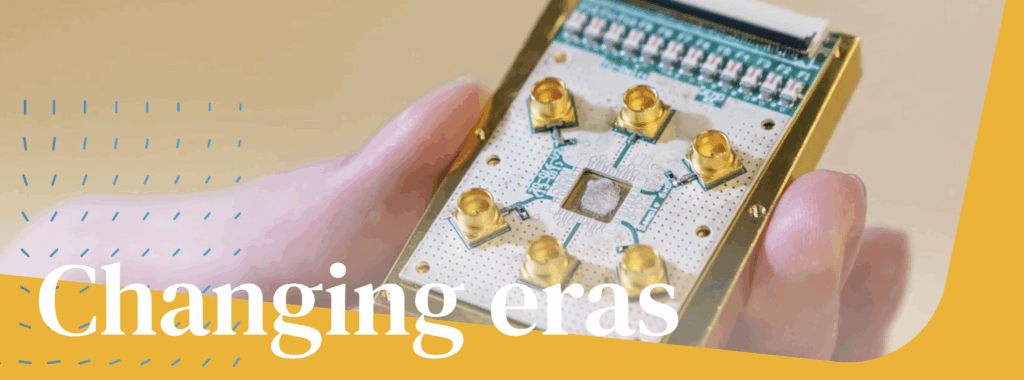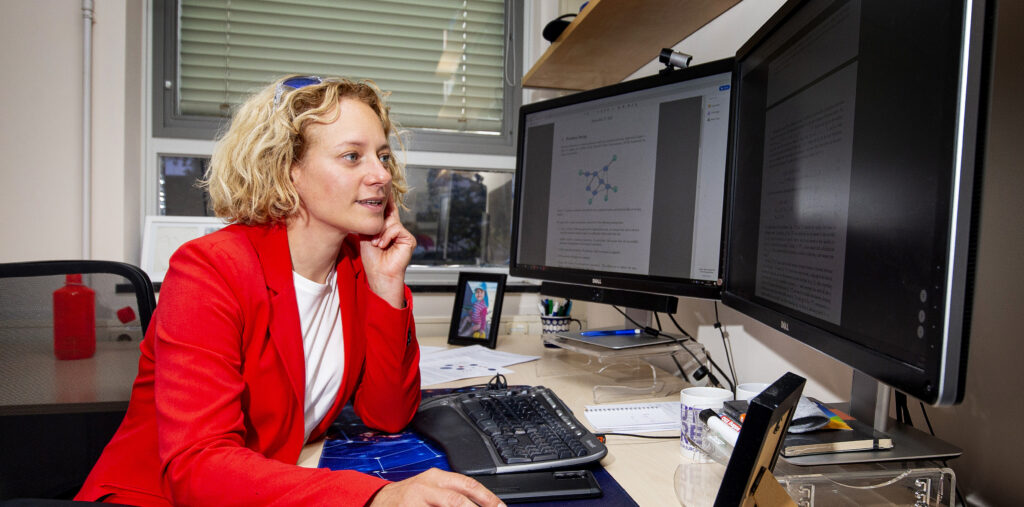08.07.2025Organization
Annual Report 2024

Annual Report 2024
We are proud to present our Annual Report for 2024. At QuTech, we strive for scientific excellence and economic relevance, and we aim to demonstrate leadership in achieving these goals. In 2024, we saw success across all these areas.
We achieved scientific milestones in all three divisions – Quantum Computing, Quantum Internet, and Qubit Research – contributing to our consistently high standing in international publication-based rankings. In terms of economic impact and valorisation, three new spin-offs were launched, and the existing ecosystem has grown to surpass QuTech in staff size. In the third area, leadership, we continued to embrace the responsibilities that come with being an institution of our scale.
During 2024, TU Delft and TNO jointly decided to conclude their joint governance model for collaboration in quantum technology—established under the QuTech Partner Covenant 2015–2025—and to continue with a regular programmatic cooperation model. As a result, in December 2024, the Executive Board of TU Delft decided that QuTech would continue as TU Delft’s interfaculty quantum research institute.
In this annual report, we delve deeper into our accomplishments, and more. We look forward to the next ten years and an accelerated journey towards the quantum future.


